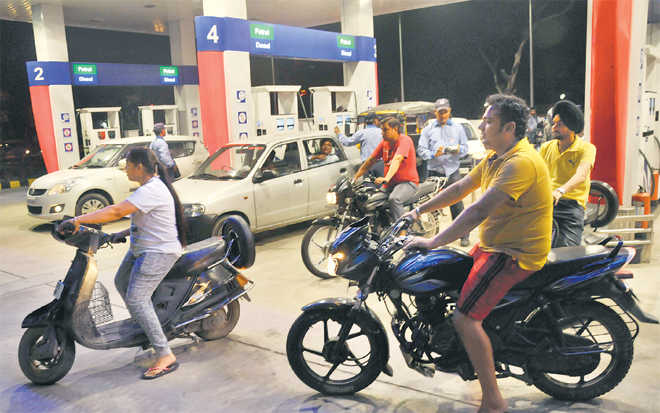GURGAON: After spending a day waiting for the body of her son, martyred in Kashmir on Sunday evening, to return home, Sunita, the mother of Captain Kapil Kundu, was infuriated and she burst into tears when she was told that his remains may arrive only on Tuesday morning. Her anger and frustration was reflected in her response as she scoffed at the delay that has was made in returning a soldier to his family.
 PTI & NITIN KANOTRA/HT“I have lost a child, he died yesterday, it has already been 24 hours, why should I have to wait for another 24?” she said, before becoming unconscious, even as a group of women attempted to calm her down.
PTI & NITIN KANOTRA/HT“I have lost a child, he died yesterday, it has already been 24 hours, why should I have to wait for another 24?” she said, before becoming unconscious, even as a group of women attempted to calm her down.
Kundu was among the four army men who were martyred in Jammu and Kashmir’s Rajouri area on Sunday, following shelling by Pakistani forces.
It was a little after 9.15 pm that the 22-year-old finally returned to his village, for the first time since his trip during Diwali. In the time that has elapsed since, he had managed to secure a promotion, and would have, for the first time, met his family as “Captain Kapil Kundu”. He was, however, martyred only a week shy of the meeting.
“He had been promoted to the rank of captain only recently, on January 26, and had been transferred to Rajouri after that. He was earlier posted in Poonch.” Said Sachin Chillar, his cousin.
In his village, Kundu was revered since he was the first person to hold a rank of an army officer.
Even as the cries of ‘vande matram’ and ‘bharat mata ki jai’ filled the air, his body was carried outside his single storey home, located near the entrance to the village, where his family got their last few minutes with him, even as a crowd of hundreds watched on, screaming anti-Pakistani slogans from time to time.
Around 9.45 pm, Kundu left his village for the last time, as mourners accompanied his body to the cremation ground – located only metres away from the village, behind the campus of a Government School – leaving behind a heartbroken mother, two distraught sisters, and a village that promises to remember him as a “source of inspiration”.
SLAIN JAWAN’S LAST ADVICE FOR KIDS
JAMMU: “Study seriously for exams”. Havildar Roshan Lal, one of the four Indian Army soldiers killed in Pakistan shelling in Rajouri district on Sunday night, had this advice for his children when he spoke to his son in the morning.
Lal, 42, hailed from Nichla village in Ghagwal tehsil of Samba district in Jammu. As his family mourns his death and people console them, there was anger and talk of settling scores.
“He died in a proxy war,” said Darshan Kumar about his older brother Lal as mourners gathered at the family home in Nichla.
“Let’s settle it once and for all,” said Kumar, who works with the paramilitary Central Industrial Security Force.
Lal, who joined the army in 1995, is survived by his father, Des Raj, wife Asha Devi and two children.
“My father talked to me [over the phone] on Sunday morning and asked both of us to study seriously for the final exams,” said Abhinandan, a Class 10 student at the Army School in Samba. His sister, Artika, is in Class 8.

 The other two soldiers killed in Pakistan action were identified as riflemen Ram Avtar and Shubam Singh.
The other two soldiers killed in Pakistan action were identified as riflemen Ram Avtar and Shubam Singh.
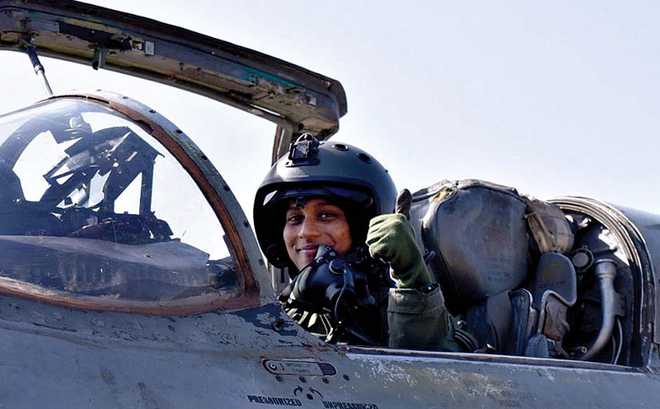





















































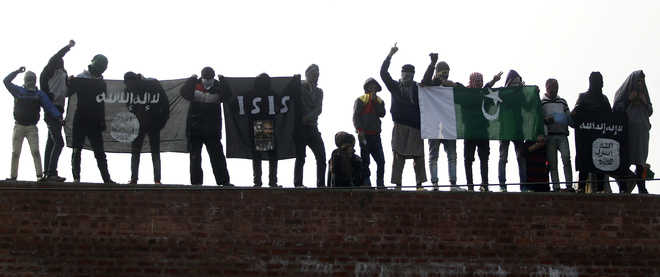
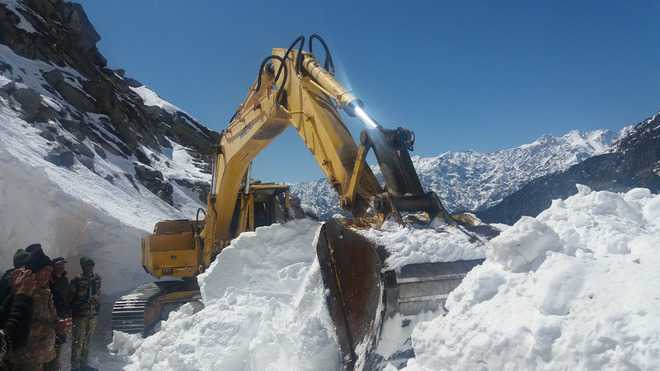

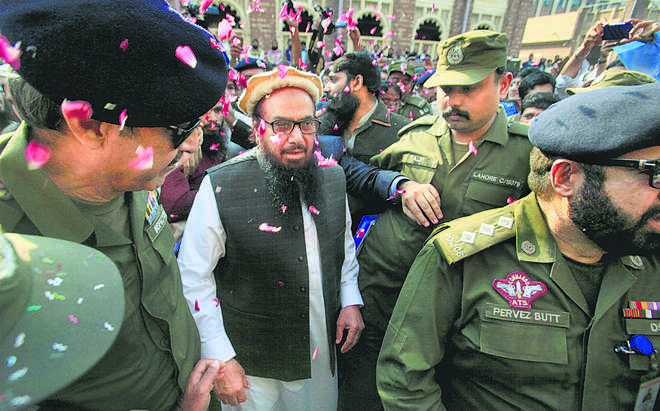




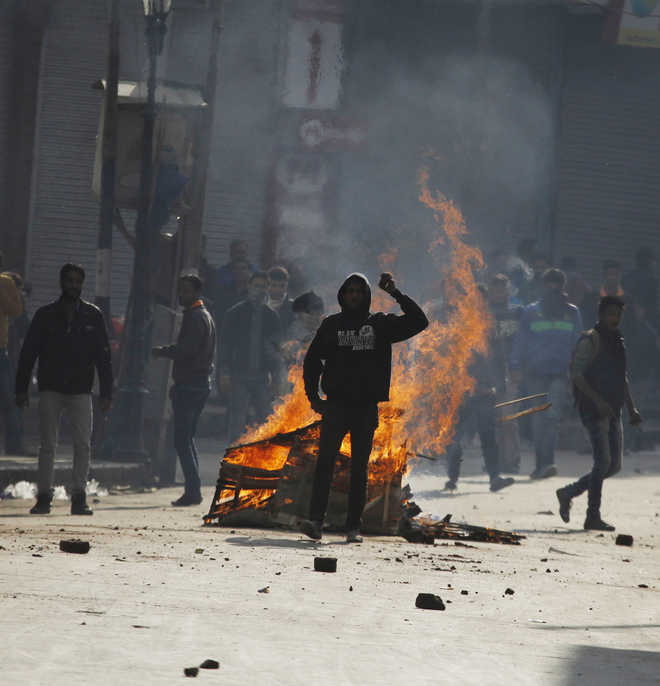
 PTI & NITIN KANOTRA/HT
PTI & NITIN KANOTRA/HT

